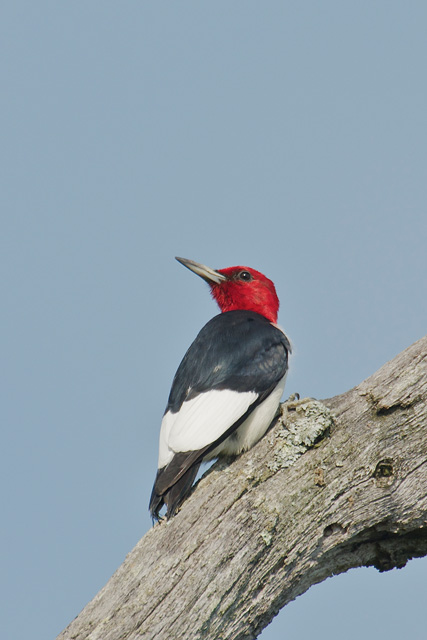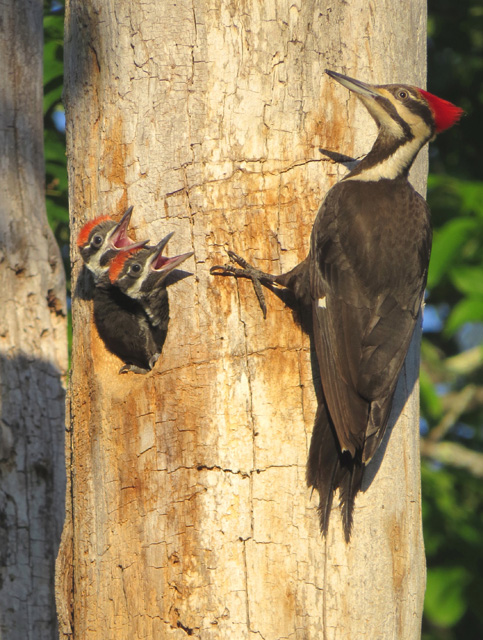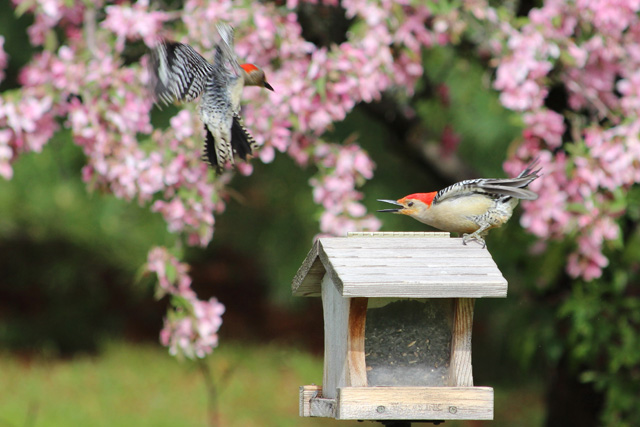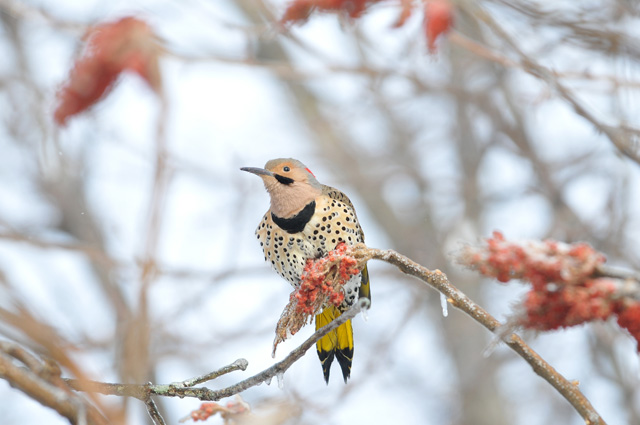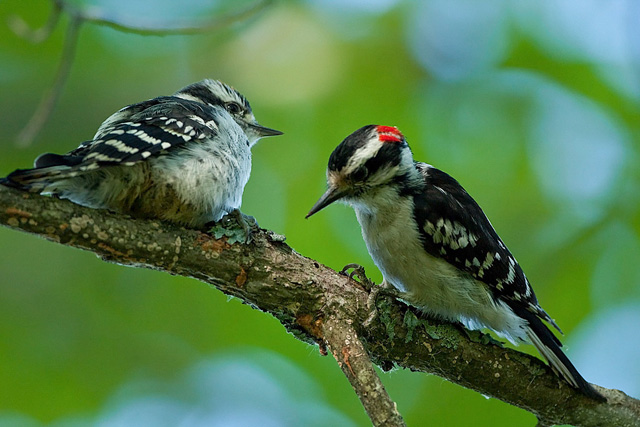September is National Mushroom Month and a perfect time to spot the fruiting bodies of fungi as they flourish in the cooling temperatures.
What are fungi, anyway? Fungi are neither plants nor animals. They may appear to be similar to plants, but they contain no chlorophyll and so cannot make their own food through photosynthesis. They get their food by absorbing nutrients from their surroundings. Many fungi play a crucial role in decomposition (breaking things down) and returning nutrients to the soil.
To learn about the crucial and sometimes astonishing roles these fascinating life forms have in the ecosystem and some methods for identifying mushrooms and other fungi in the field, join us for a Fungi Walk!
Here are five fabulous fungi photos (say that three times fast!) to inspire you to get out with your camera and take some shots of your own. The 2016 Picture This: Your Great Outdoors Photo Contest closes on September 30 so get your photos in today!
Deepest thanks to Bill Neill of the Boston Mycological Club for helping with the tricky task of identifying the fungi below.
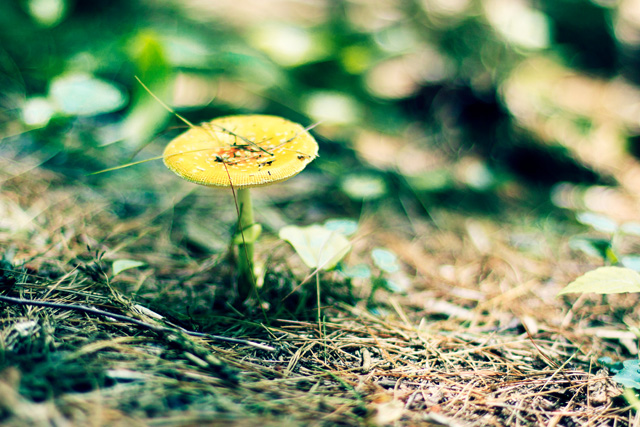
Amanita flavoconia © Lena Mirisola, Photo Contest 2011
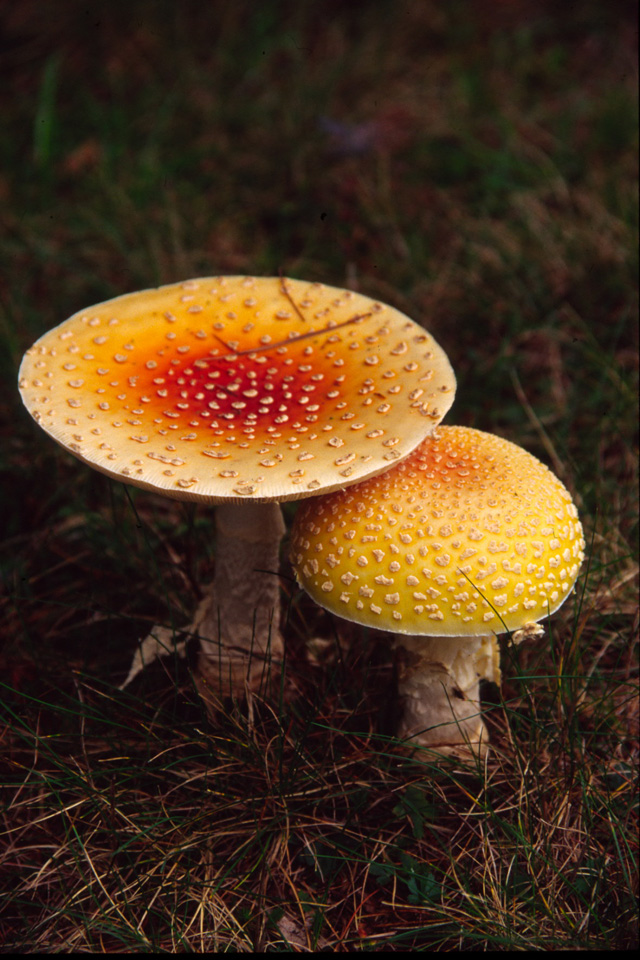
Amanita guessowii © Virginia Sands, Photo Contest 2013
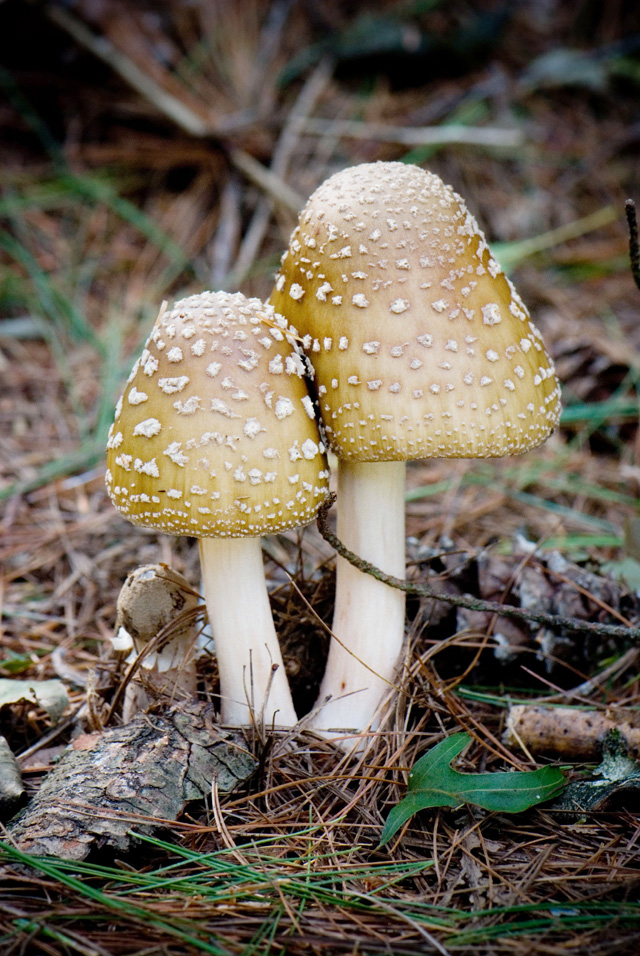
Amanita rubescens © Sarah Sindoni, Photo Contest 2013
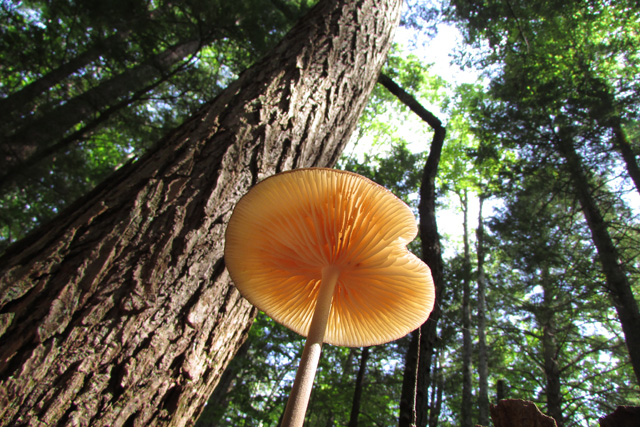
Xerula furfuracea © Sarah LaPointe , Photo Contest 2013
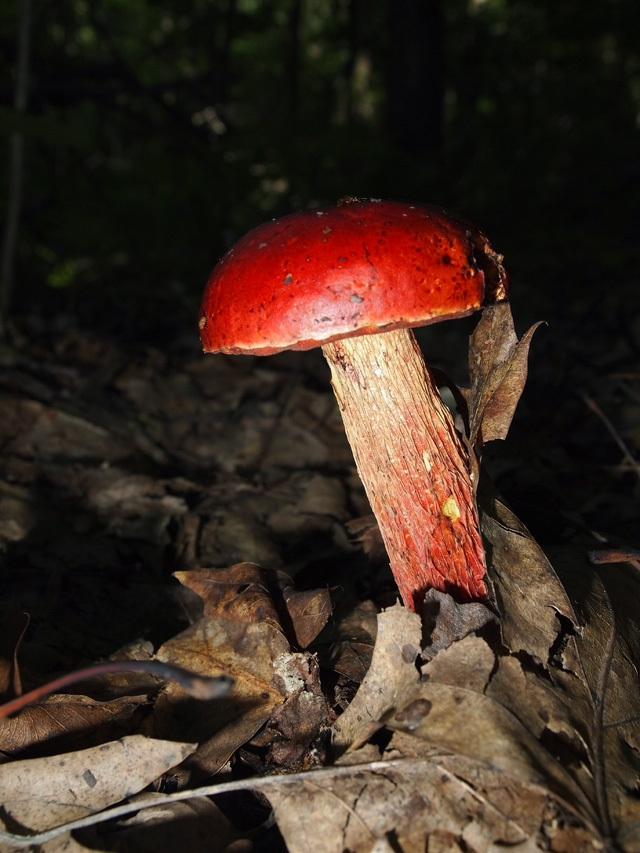
Exsudiporus frostii © Ruby Sarkar, Photo Contest 2013


